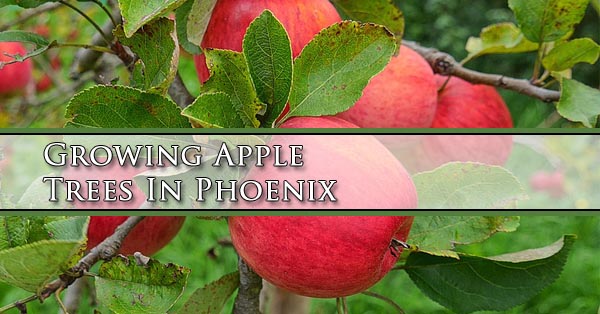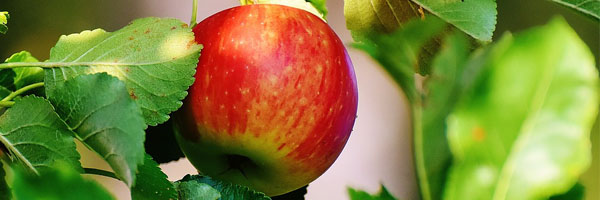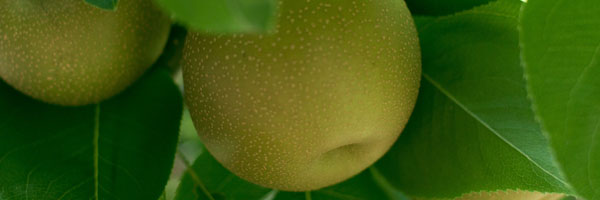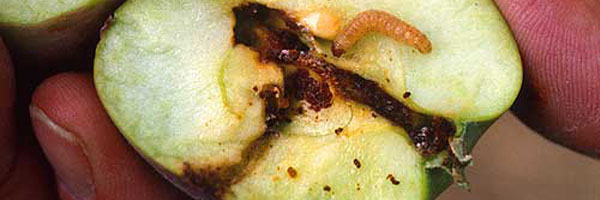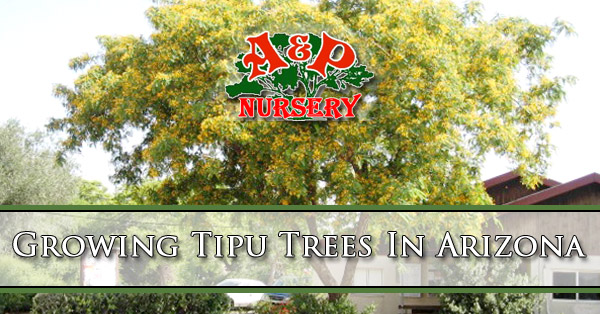
Are you searching the internet for “Growing Tipu Trees In Arizona“? If so A&P Nursery has you covered with this guide to growing the tree in Arizona. We hope this answers any questions you might have, if not we welcome you to stop by or call one of our 4 East Valley locations.
The Tipu Tree, or Tipuana Tipu is native to South America. This makes it naturally accustomed to hot summers, and its leaves are lush, full and provide great shade. Growing a Tipu Tree in Arizona can provide much needed and welcomed shade for backyards, parks, and landscape projects.
- Planting The Tipu Tree
- Watering The Tipu Tree
- Tipu Tree Pruning
- Drooping Branches Need Pruning
- Safe Pruning Of Larger Branches
- Tipu Tree Pest Control
During the summer months the Tipu tree features small apricot-yellow flowers. These flowers give way to a bunch pea-like pods developing that have the “helicopter” like leaves attached. The beautiful flowers give a much welcomed splash of color to Arizona gardens during the summer.
The Tipu can grow as high as 25 feet in just a few years from a sapling bought at a nursery in Arizona. Outside of Arizona, the Tipu tree is known to grow much taller, some reaching as high as 100 feet. These fast growing trees need to be trimmed and pruned frequently during the first couple of years to ensure that a good overall balance and structure is created. The pruning also helps the tree grow better root networks.
Planting The Tipu Tree

The Tipu tree is famous for its amazing growth rate. This is a benefit for people that want to plant a tree for shade in their yard. However care must be taken when choosing a location to plant the Tipu tree. The root systems grow quickly and are strong enough to disturb concrete walkways, foundations, or pools. Its best to plant these trees away from concrete structures. However if a trench is dug about 3 feet deep and filled with roofing shingles, gravel, or other barrier material it will help contain the root structure of the Tipu tree.
If your soil is clay or sandy, like much of the soil is in Arizona, plan to amend these soils with organic matter. Compost can be a great source of nutrients and help with drainage. If your home is a place with high winds you might consider some support stakes to help the tree weather the winds before it has an established root system to help it stand straight.
Watering The Tipu Tree
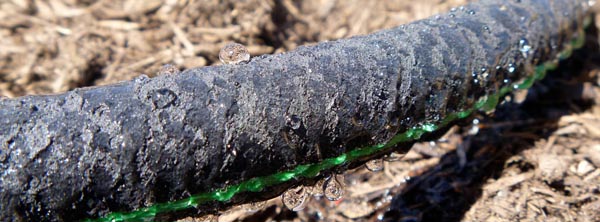
When the Tipu Tree is first planted you will want to water it deeply. This helps the soil settle around the roots and will help you know if you need to level more soil around the tree.
In the arid desert environment that constitutes most of Arizona the Tipu Tree will need watering about 2-3 times a week. This is best achieved with drip or soaker type watering hoses. The goal is to keep the soil moist, but not wet. Mulch on the ground around the base of the Tipu tree can help retain the water during the hottest parts of the year.
Tipu Tree Pruning
With the speed that Tipu trees grow it is important to prune them to create an upside down vase like shape early, and continue to train the tree to maintain this shape is it reaches its adult growth size. It’s best to prune the Tipu Tree later in the year when it has lost its leaves. This is a time of year where the tree is dormant and the pruning will be accepted best.
Drooping Branches Need Pruning
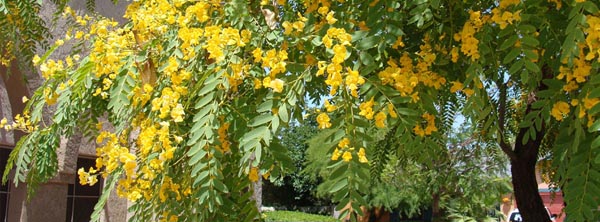
Drooping branches of the Tipu Tree take away from its beauty. When you see these branches first identify where it should be going, either up, down, or sideways. Track back from the drooping section along the branch until you find a shoot going the direction you want the tree to grow in. This is the spot you want to prune at. Use a pruning saw, chain saw, or pruning lopper to remove the drooping branch close to the branch you want to continue growing.
Safe Pruning Of Larger Branches
While it is relatively easy to trim the thinner branches any branch that is thicker than about an inch and a half should be removed with care. You will want to start your cut about 6 to 12 inches from the trunk of the tree. Cut the bottom side of the branch about 1/3rd of the way through. Then switch to the top side of the branch. Ensure that you are safe and your ladder is set correctly or you have someone holding the ladder to make it steady. Then cut the in the same spot from the top of the branch until it falls. Don’t forget to remove the stump that is coming out of the trunk. You can trim it back to be flush with the trunk. It may swell a bit, but leaving the stump can cause rot and endanger the entire tree.
Tipu Tree Pest Control
While the Tipu Tree does not produce fruit that we can consume there are insects that feast on the pea-like pods. The Tipu Tree is a favorite food for the spittlebug. There are also Tipu psyllid bugs that have started invading Tipu trees in southern California. With this in mind it is a good idea to use pesticides to ensure the health and longevity of your Tipu tree. Talk to your local nursery about what is available to control these pests and make a schedule of when it needs to be done.
Tipu Tree Nurseries In East Valley, Phoenix AZ
A&P Nursery is passionate about all things gardening. We have a wide variety of trees, shrubs, and all types of flowers to make the most of your garden or landscaping project in Arizona. We also have landscaping companies we recommend to get the job done for you. Stop by one of our locations or call us today with any questions you have about Tipu trees, or anything else gardening.
A & P Nursery
40370 N. Gantzel Rd.
Queen Creek, AZ 85240
480-655-5789
A & P Nursery
2645 W. Baseline Rd.
Mesa, Arizona 85202
480-839-5362
A & P Nursery
6129 E. Brown Rd.
Mesa, Arizona 85205
480-396-8800
A & P Nursery &
Lawnmower Shop
2601 E. Baseline Rd.
Gilbert, Arizona 85234
480-892-7939












